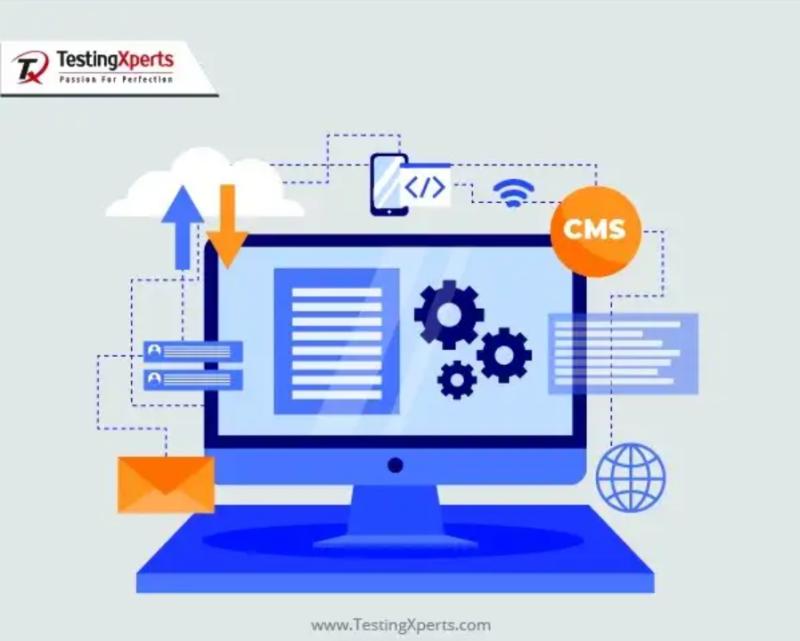Emerging Trends in Security Testing: Staying Ahead of Evolving Cyber Threats

According to a research report, the market revenue for security testing in 2024 will reach a staggering $6.08 billion approximately. Furthermore, by 2028, the market for security testing will reach $11.83 billion, thereby growing at a CAGR of 14.24 percent. Keeping numbers in perspective, it becomes increasingly important for organizations, specifically teams to sync with the latest security testing trends. In this article, you will get to know about the emerging trends in security testing.
What is security testing?
It is a testing method that makes sure the software application or product is fully secured and robust and thus protected from cyber-related threats. Security weaknesses and vulnerabilities in a software product or application are identified and fixed.
The following are the key trends in security testing:
The significance of offensive security: Offensive approach to security testing has been steadily growing in the past few years. Offensive security measures such as red teaming, penetration testing and attack surface management (ASM) are important.
Red teaming not only validates an organization’s ability to detect and respond to a cyber attack, but also helps in finding vulnerabilities in a system
In a penetration testing scenario, vulnerabilities are identified by simulating a real-time attack on an organization’s systems
ASM helps organizations categorize, identify and prioritize the assets for further testing based on risk.
The significance of prioritizing risks: According to a research report, approximately 41% of security professionals have stated that their biggest challenge is vulnerability prioritization. When hundreds or thousands of applications are managed by the team in an enterprise environment, vulnerabilities will be identified and to remediate them can prove to be quite challenging for the security teams.
Considering the assets that need to be managed, along with the volume of applications, leveraging risk-based prioritization is considered to be a tactical approach. Security testing methodologies should be carefully worked out by the team for prioritizing risks.
The value of continuous testing: Frequent release cycles and development are considered to be the key factors for a rapidly evolving attack surface. The rate at which applications are deployed needs a strategic approach to assess each of the application’s security during the software development life cycle process. The foundation for a secure SDLC process is to implement continuous security testing and leverage security testing methodologies as and when required.
When the entire software development process is integrated by the continuous pentesting (referred to as “penetration testing”) platform, then stakeholders, developers and security teams can be of the view that business and security aspects are properly aligned.
The integration of Artificial Intelligence (AI) and Machine Learning (ML) solutions: Incorporating AI and ML in security test solutions has proved to be profitable. By incorporating AI technologies into security testing platforms, vulnerabilities have been quickly and accurately identified. Generative AI is also being used by security testing teams and developers so that code can be fixed at an accelerated rate.
Strategic focus on API security: According to a research report, approximately 57% of security professionals have stated that obtaining full visibility into APIs and applications is a humungous task for them. There are many organizations that depend on APIs (Application Programming Interfaces), so that the sharing of functionalities and information can be facilitated, which, in turn, increases the attack surfaces.
The security team requires in-depth know-how about APIs so that both internal and external attack surfaces can be analyzed and resolved accordingly. Attack surface management is integrated, so that continuous classification, discovery and inventory of the assets, including APIs is enabled.
Conclusion: If you are looking forward to implementing security testing for your software development project, then just get connected with a leading software testing services company that will provide you with a comprehensive testing strategy that is in line with your project specific needs.
About the author: I am a technical content writer focused on writing technology specific articles. I strive to provide well-researched information on the leading market savvy technologies.
Post Your Ad Here
Comments